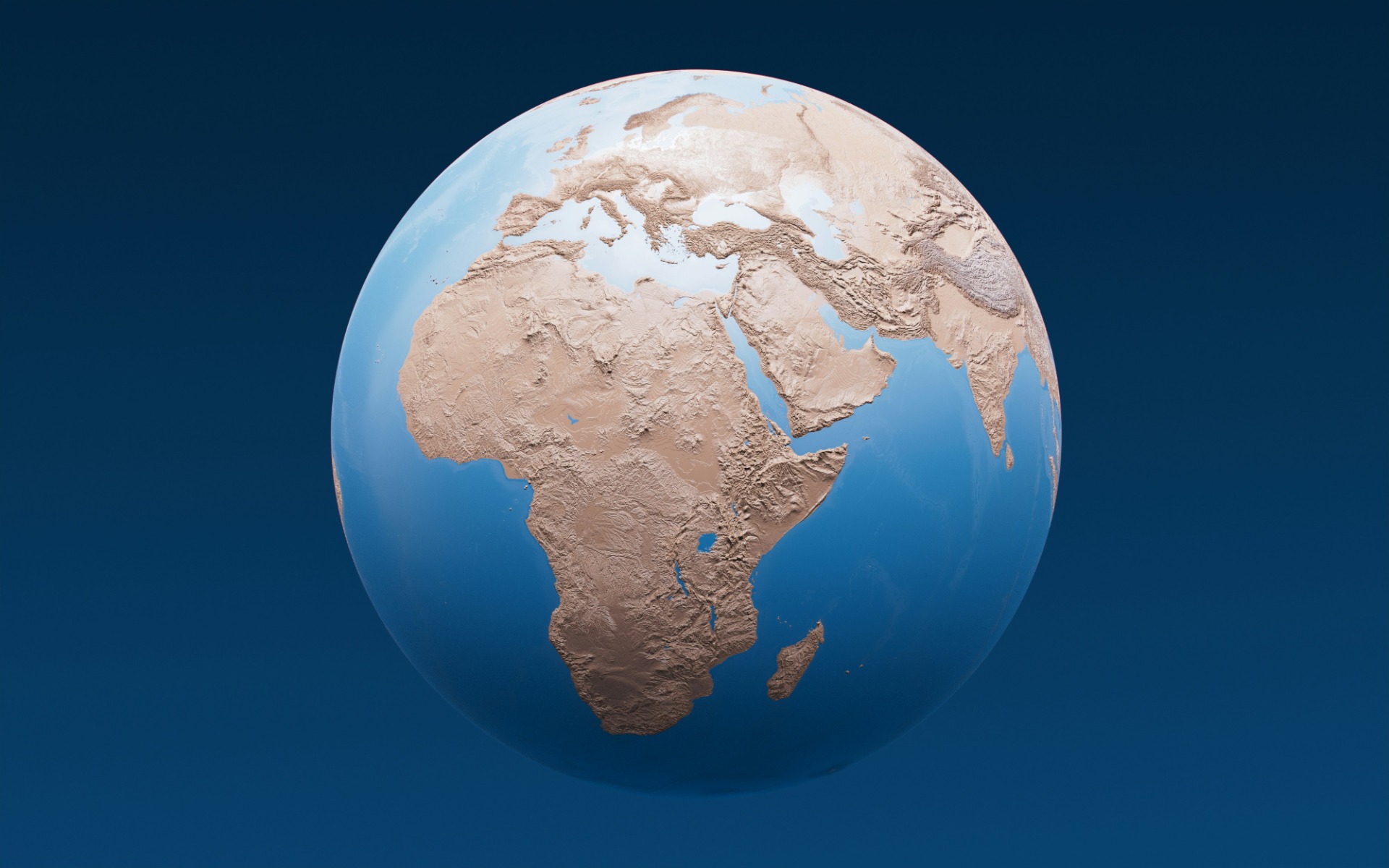The Nacala corridor in Mozambique

What is the primary purpose of the Nacala Corridor?
The primary purpose of the Nacala Corridor is to facilitate trade and economic development by providing a seamless transportation link between the inland regions of Mozambique and the deep-water port of Nacala. This corridor is essential for reducing transportation costs, improving logistics, and increasing the efficiency of exporting and importing goods. By doing so, it aims to spur economic growth, boost regional integration, and create jobs, ultimately elevating the living standards of the local populations.
2. Which key components make up the Nacala Corridor infrastructure?
The Nacala Corridor infrastructure comprises several key components:
- Port of Nacala: A deep-water port that serves as the maritime gateway.
- Rail Network: Extending from the port through Mozambique's Nampula province to inland regions, facilitating bulk transportation of goods.
- Road Infrastructure: Well-maintained roads connecting various towns and cities along the corridor, aiding in efficient road transport.
- Logistics Centers: Storage and logistical hubs that ensure the smooth operation and distribution of goods. These components collectively enable efficient trade, transport, and economic activities along the corridor.
3. How does the Nacala Corridor enhance regional trade and economic development?
The Nacala Corridor enhances regional trade by providing a reliable and efficient route for transporting goods to and from the inland regions of Mozambique and neighboring countries like Malawi, Zambia, and Zimbabwe. By reducing transportation costs and travel times, the corridor makes it easier and more profitable for businesses to export and import goods. This, in turn, stimulates economic activities, attracts investments, and creates job opportunities. The improved infrastructure also paves the way for regional integration and cooperative economic initiatives.
4. Which countries are directly connected by the Nacala Corridor, and how do they benefit?
The Nacala Corridor directly connects Mozambique, Malawi, Zambia, and, to a lesser extent, Zimbabwe:
- Mozambique: Benefits from enhanced export and import capabilities via the Port of Nacala, boosting economic growth.
- Malawi: Gains access to the Indian Ocean through Mozambique's port facilities, which is crucial for its international trade.
- Zambia: Utilizes the rail and road connections to reach the port, facilitating easier access to global markets.
- Zimbabwe: Although less direct, Zimbabwe can still leverage the corridor through cross-border trade agreements to access ocean shipping routes. These countries benefit through improved trade logistics, increased economic activity, and greater regional cooperation.
5. What role does the Port of Nacala play in the corridor's functionality?
The Port of Nacala is an essential component of the Nacala Corridor, serving as the primary maritime gateway. It is one of the deepest natural ports on the eastern coast of Africa, capable of accommodating large vessels. This port facilitates the export of goods like coal, agricultural products, and minerals from inland regions, while also handling imports such as machinery, fuel, and consumer goods. Its deep-water capacity allows for efficient handling of bulk cargo, thereby reducing shipping costs and transit times, making it a crucial hub for regional trade.
6. How has the development of the Nacala Corridor impacted local communities along its path?
The development of the Nacala Corridor has significantly impacted local communities by creating job opportunities and stimulating local economies. The construction and operational phases have provided employment in sectors like construction, logistics, and services. Additionally, improved infrastructure has enhanced access to markets, healthcare, and education for local populations. The influx of businesses and investments has led to the growth of small enterprises and improved living standards. However, it's important to manage the potential negative impacts like displacement and environmental concerns to ensure sustainable development.
7. What are the main logistical challenges faced by the Nacala Corridor?
The Nacala Corridor faces several logistical challenges, including:
- Infrastructure Maintenance: Ensuring the continuous upkeep of roads, railways, and port facilities to prevent degradation.
- Security Issues: Addressing any security concerns related to the safe passage of goods through the corridor, particularly in regions susceptible to instability.
- Coordination: Effective coordination between multiple stakeholders, including governments, private sectors, and international organizations, to streamline operations.
- Technological Integration: Implementing advanced technologies for better tracking, communication, and operational efficiency. Overcoming these challenges is crucial for maximizing the corridor's potential.
Mozambique's Northern Railway Network, the Nakala Corridor
Mozambique's Northern Railway Network, also known as the Nakala Corridor, is a key trade and transport route linking inland Mozambique and Malawi to the deepwater port of Nakala. Spanning 912 km, it primarily transports coal from the Mai mine in Tete Province to the port, passing through cities such as Nula, Kumba, Nikaya, and Motise.
Key Extensions:
-
Kumba-Lichinga Branch: 262 km, serving regional passenger and freight needs.
-
Nikaya-Chipata Line: Crosses into Malawi and Zambia, enhancing regional trade.
Historical Background:
-
Construction began in 1915, expanded to Malawi by 1970, and became a major export corridor.
-
Operations were halted during the Mozambican Civil War in 1984.
-
Rehabilitation efforts from 2005 culminated in a fully revived corridor by 2017, including a coal export terminal at Nakala Velha.
Current Status and Future Prospects:
-
The corridor now supports up to 18 million tons of coal annually.
-
Plans by the Zambia Railways Board and Mozambique aim to further enhance trade, connectivity, and freight efficiency.
The Nakala Corridor is a strategic artery fostering regional integration, economic growth, and export capacity across Mozambique, Malawi, Zambia, and beyond.
